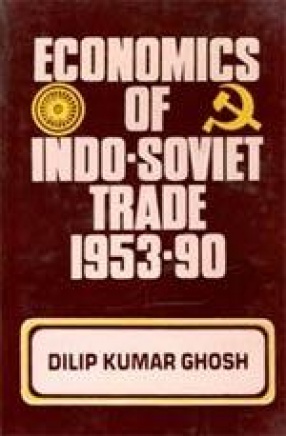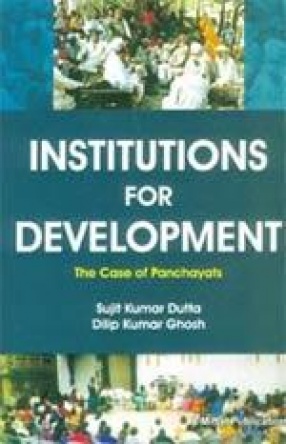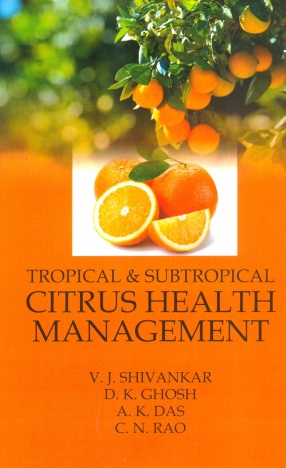Economics of Indo-Soviet Trade (1953-1990)
Synopsis
The total value of Indo-Soviet trade which was barely Rs. 0.22 crore in 1950-51 had a quantum jump to Rs. 3,457.97 crore in 1984. the book undertakes a cost benefit analysis of Indo-Soviet trade in the context of India’s planned economic development. This spectacular half decades is supposed to provide an excellent example of fruitful trade and economic co-operation between the two countries with different social systems. Under the self-balancing “rupee payments†mechanism the trade between the two countries that now a qualitative, though not a quantitative plateau. Added to this, there was an appreciable amount of economic assistance extended to India by the USSR, that gave further stimulus to growth in trade between the two countries. Many doubts have been raised regarding the overall benefits of Indo-Soviet trade to India. The doubts center round the questions like whether India is losing valuable free foreign exchange as a result of its trade diversion from the convertible currency areas, whether India is trading at a loss in terms of prices, whether India is getting products of comparable quality through its imports from the USSR and eastern Europe. The author has undertaken an in-depth study of the above aspects in a comprehensive manner with the help of considerable amount of data based on his perceptions of detailed statistics. The broad judgement, after considering all factors, have been that Indo-Soviet bilateral trade has, on the whole, benefited India during the period under study. But the author casts doubt whether a solid foundation for future development of this trade has been laid. Due to structural changes in both countries, the strict complementarity is on the wane. The problem of accumulating surpluses may assume serious dimensions in future, leading to perversion of trade practices such as switch trade, artificial manipulation of prices and exchange rate, etc. The practice of “rupee payment agreements†should be examined thoroughly and quite seriously. The author observed that in early 80’s time was ripe for switching over to multilateral convertibility from the clutches of bilateralism in the matter of Indo-Soviet trade agreements. The author feels happy that subsequent developments in USSR in very recent times only highlight his conclusions and predictions.
Read more
11.70
10.53
$
13.00 $
Free delivery Wolrdwidе in 10-18 days
Ships in 1-2 days from New Delhi
Membership for 1 Year $35.00
Get it now and save 10%
Get it now and save 10%
BECOME A MEMBER










Bibliographic information